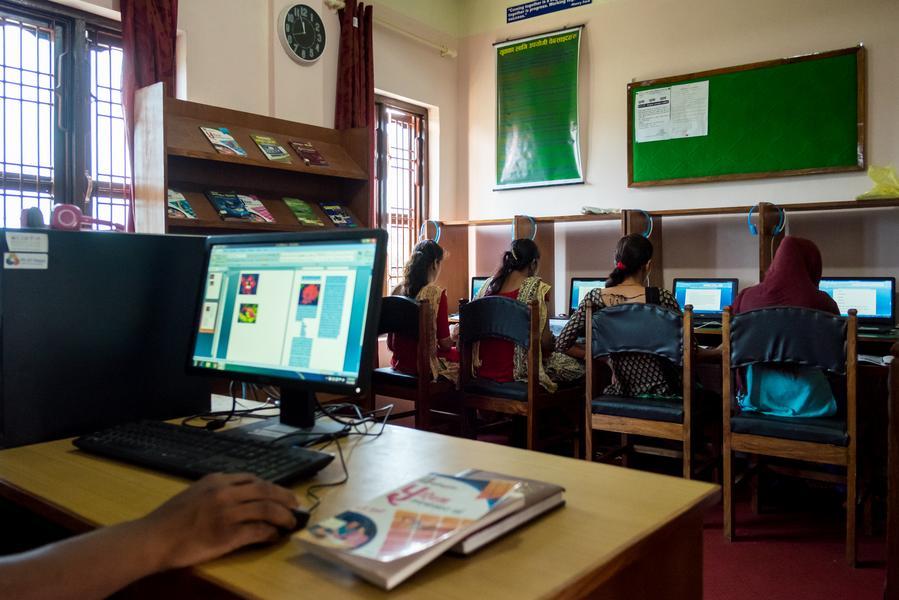Context and Issue
The traditional education system in the United States faced significant challenges, with many students disengaged, struggling to find relevance in their coursework, and inadequately prepared for life beyond school. The reliance on standardized testing often failed to capture the full scope of a student's abilities and potential, disproportionately affecting students who had experienced academic setbacks, those from marginalized communities, and those with diverse learning needs. In response to these issues, Dennis Littky and Elliot Washor established Big Picture Learning in 1995, beginning with The Met School in Providence, Rhode Island. Leveraging their extensive experience as educators, they proposed a bold new school design centered on the philosophy of educating one student at a time.
Solution
The Big Picture Learning program focuses on personalized learning plans tailored to each student's interests and goals, supported by an advisory structure where students remain with the same advisor and group for multiple years, fostering close relationships. Emphasizing real-world learning, students spend significant time in the community through internships and mentorships, gaining practical experience and exploring their passions. Assessment is based on exhibitions of learning and demonstrations of achievement rather than standardized tests, allowing for individualized evaluation of student progress. This hands-on approach has led to high levels of student engagement, attendance, and graduation rates, which are close to the national average despite serving many students who have faced academic setbacks. The core elements of Big Picture Learning—personalized learning, advisory structure, real-world learning, authentic assessment, and community involvement—create a holistic and engaging educational environment that effectively prepares students for life beyond school.
Impact
The impact and outcome of the Big Picture Learning (BPL) program have been significant, demonstrating its success in transforming educational experiences for students. BPL schools report an average daily attendance rate of 87% and a four-year graduation rate of 82%, despite serving many students who faced academic setbacks. In New York state BPL schools, 95.9% of students reported positive contributions to their internship workplaces, 88.9% gained a deeper understanding of their career pathways, and 86.7% received valuable career advice from mentors. Additionally, 80.6% of students developed strong relationships with supportive adults during their internships. These statistics highlight BPL's effectiveness in creating an engaging educational environment through personalized learning, real-world experiences, and authentic assessments, preparing students for life beyond school.












